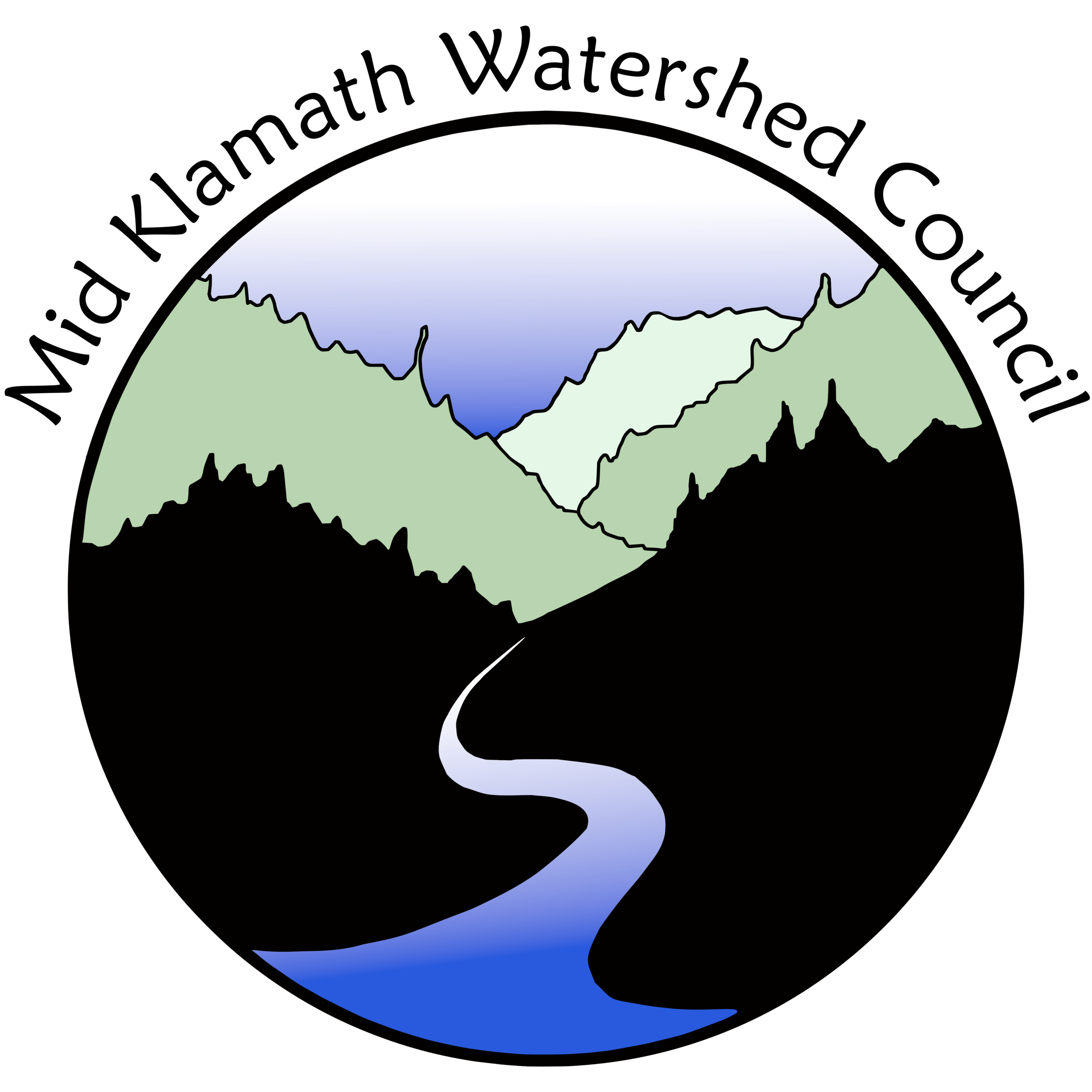Wildfire + Drought = Downer, Prescribed Fire + Training = Hope
by Chris Root
Scott Upton faced an overwhelming job in 2015. He began his presentation at the Northern California Prescribed Fire Council’s recent conference in Middletown, California saying as much.
Scott was the CALFIRE Unit Chief during four major fires in the tri-county Sonoma/Lake/Napa unit. Four years into the most severe drought on record in California, his agency saw a massive increase in the number of fires and area burned over their past averages.
Middletown, Lake County, CA was one of three towns impacted by the 2015 Valley Fire.
The Valley Fire in Middletown was described as the third most destructive on record in the state, but it was just one of several large incidents that CALFIRE managed that year. Everyone at the conference was trying to figure out what made this fire so destructive. Was it just a freak of nature, or was this going to be the new normal for fire behavior in California?
The 2013 Rim Fire in Yosemite and the 2014 King fire in Tahoe each burned over 50,000 acres in a single day. These massive fires, Scott reminded the conference, were not driven by extreme wind events. They were triggered by drought-stressed fuels and vegetation.
The Valley Fire, which spread 40,000 acres and burned through three towns in the first 12 hours of the incident, was the new normal in times of drought. What was exceptionally terrible about this fire was that it occurred within a populated area, not in the back country of the Sierra Nevada.
Phil VanMantgem, a USGS scientist warned the conference participants that the current drought might be a possible preview of the future climate conditions in California. The current drought, he explained, is different than past events. Sure there is less rain than average - everyone is aware of that. But what’s unprecedented are the record-breaking temperatures that are coupled with the lack of rainfall. These temperatures are causing California’s overstocked and drought-stressed vegetation to suck the soil dry in a desperate effort to survive. If the moisture content got any lower in the vegetation burned during the Valley Fire, the plants would have died from drought stress alone.
During a tour of the Boggs Mountain State Demonstration Forest, the conference participants witnessed entire mountainsides of drought-stressed plantations killed by the ambient heat of the Valley Fire. They were so stressed they essentially baked to death from radiant heat generated in a surface fire.
What was especially surprising to CALFIRE, the managing agency at the Boggs forest, is that this area was perceived to be the shining example of responsible forest management in Lake County. The agency had even conducted some small prescribed fires in the heat-killed forest stands, a management practice that is rarely implemented in heavily populated counties in central California. These small demonstration burns, conducted over 10 years prior to the Valley Fire, had very little impact on tree survival.
Jeremy Bailey, a leader in the Nature Conservancy’s Fire Learning Network, and one of the nation’s greatest proponents of prescribed fire use, questioned how CALFIRE - the largest and most technologically advanced firefighting organization of its type in the world - intended to expand the use of prescribed fire when the agency found it difficult to burn 30 acres a year on its demonstration forest. The agency representatives expressed that the barriers to implementing burns were the same faced by private land owners, and by prescribed fire practitioners state wide.
Organizers initiated the conference to confront serious and seemingly intractable issues such as this drought stress phenomenon and the havoc it can wreak on California communities when wildfire strikes. As you would expect from a conference centered in a natural disaster area, most discussions were somewhat discouraging and depressing.
Participants in the 2014 Klamath River Prescribed Fire Training Exchange make the front cover of Wildfire Magazine.
There was some optimism, however, centered on the Nature Conservancy Fire Learning Network’s TREX or Prescribed Fire Training Exchange program. The majority of the representatives from state and federal agencies, non-governmental organizations, and private land owners participating in the conference came to an understanding that the only way forward is through cooperating and sharing the responsibility and liability of implementing prescribed fire projects.
That mutual agreement will be essential to changing the way we respond to future fires. That shift, in turn, can help us get ahead of mega droughts and fires to be safer and smarter down the line.
Chris Root is MKWC's Fire and Fuels project coordinator, responsible for overseeing MKWC's brushing and burning crews and helping to implement the annual Prescribed Fire Training Exchange in the Middle Klamath watershed.


